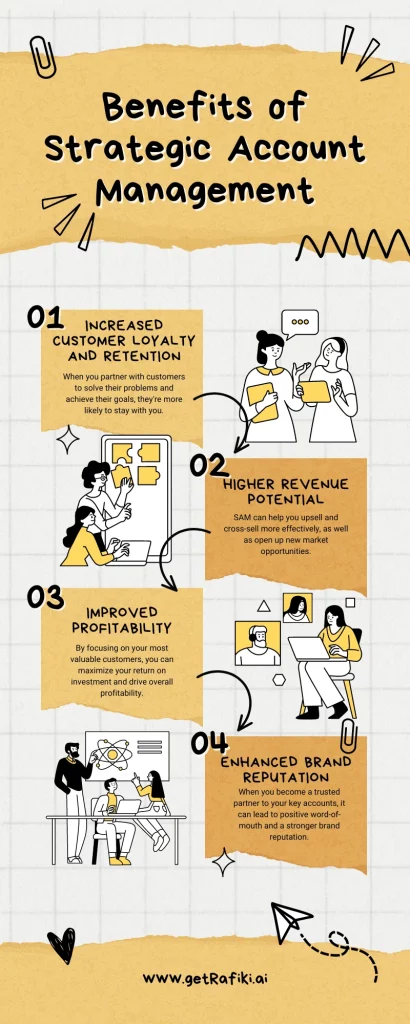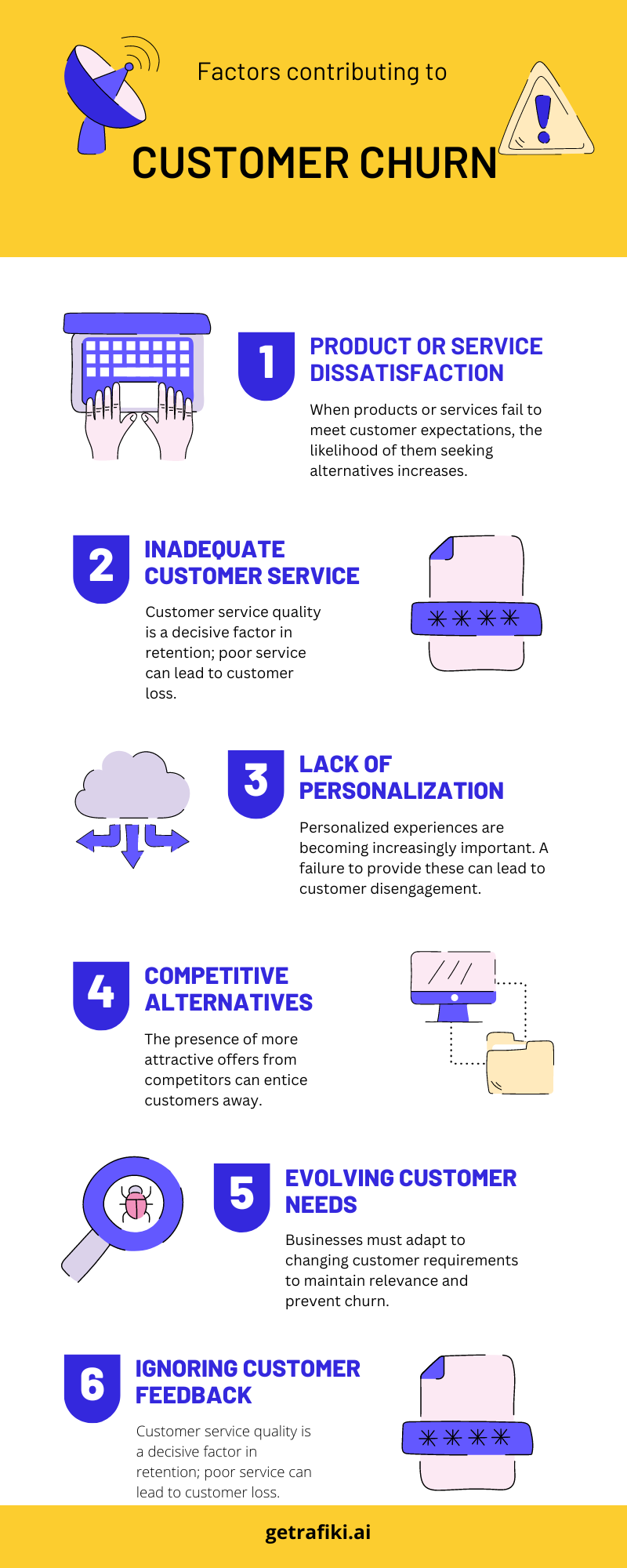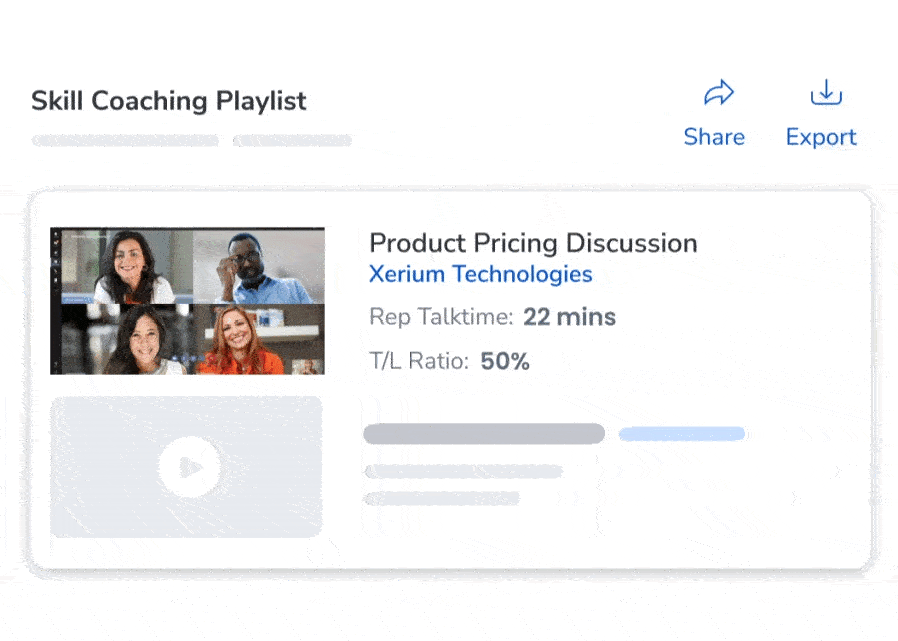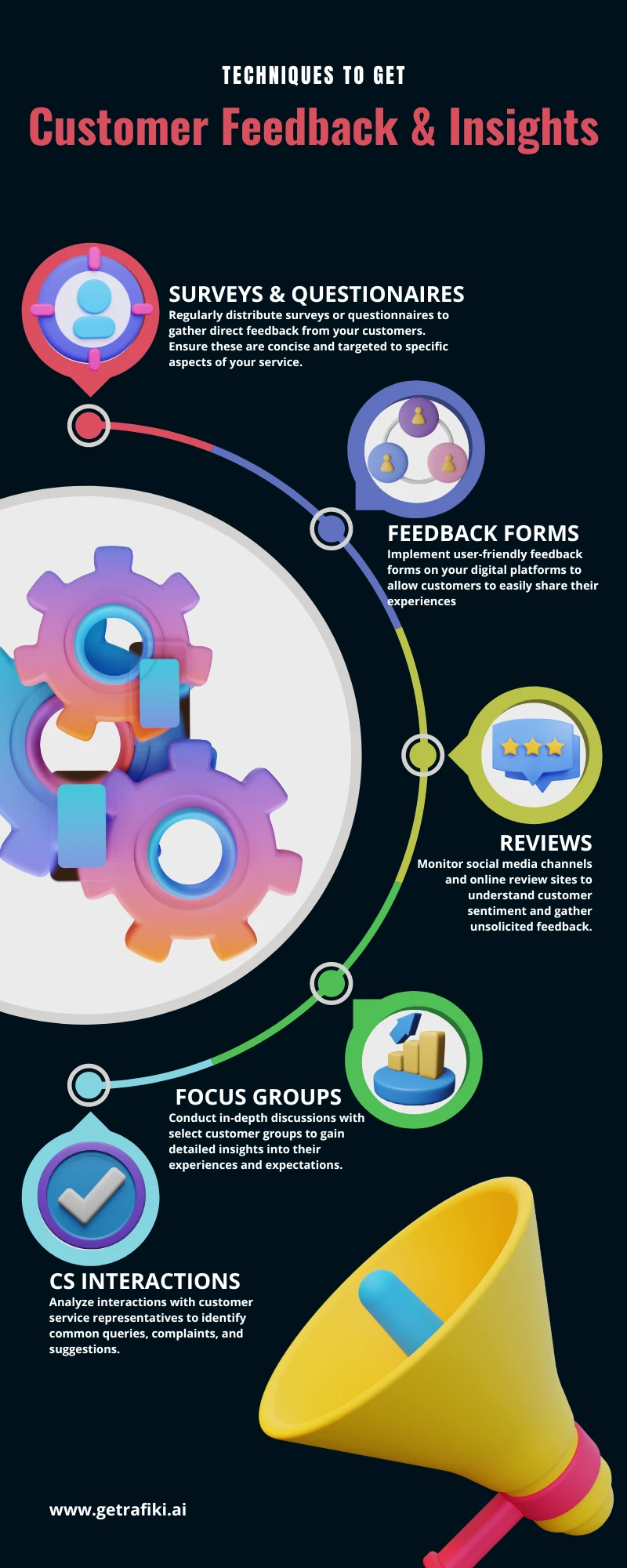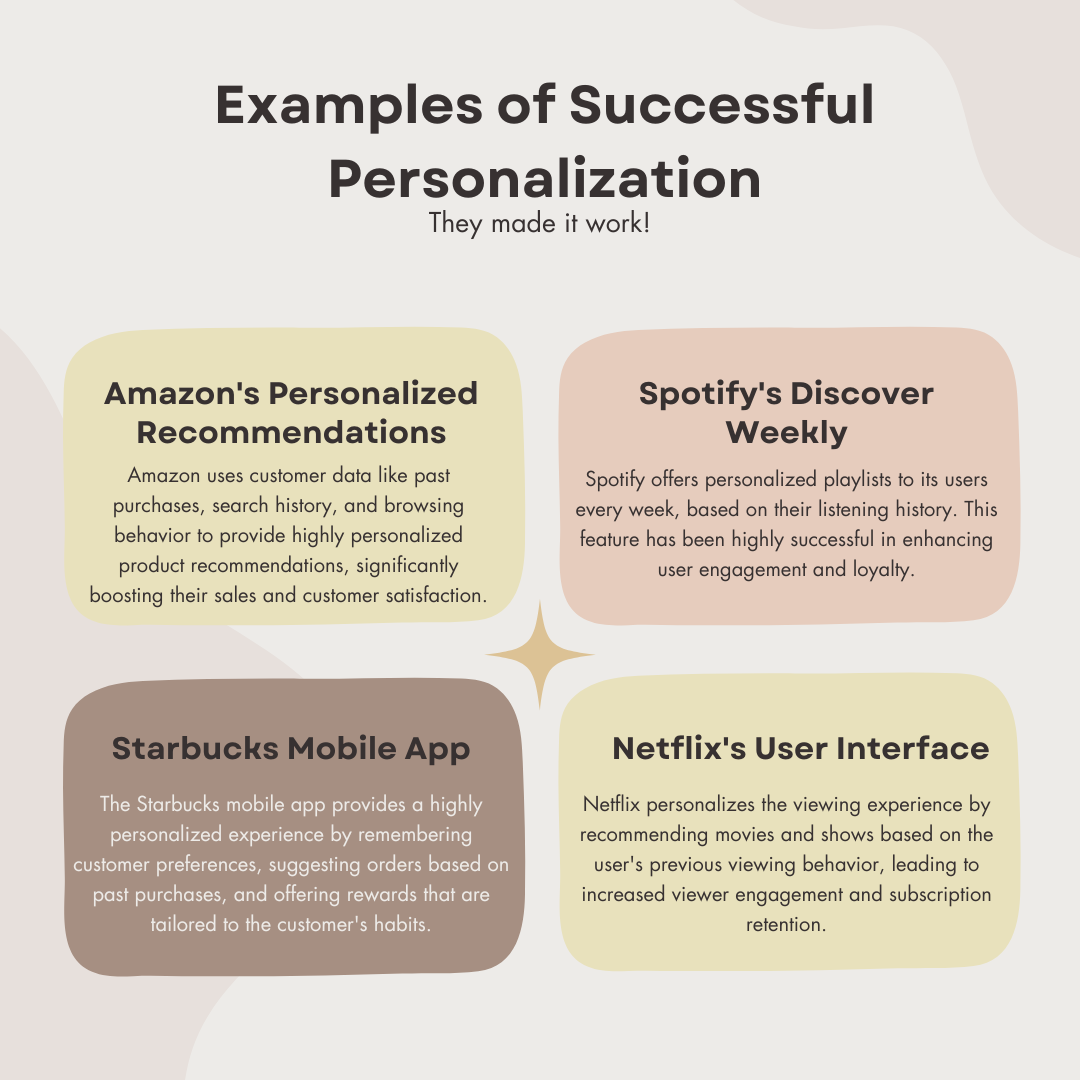Driving Customer Success with Technology: Tools That Make a Difference
In today’s highly competitive business landscape, customer success has emerged as a critical factor for long-term growth and sustainability. As organizations increasingly recognize the value of nurturing and retaining their existing customer base, the role of customer success teams has become more prominent than ever. These teams are tasked with ensuring that customers achieve their desired outcomes while using a company’s products or services, ultimately leading to higher customer satisfaction, loyalty, and retention.
To effectively manage customer relationships and drive success, businesses are turning to advanced tools and technologies. These tools not only streamline customer success operations but also provide valuable insights that can inform strategic decision-making. One such tool that has gained significant traction is Rafiki, an AI-driven platform designed to enhance customer success efforts through automation, data analysis, and personalized interactions.
This article delves into the importance of customer success, explores the benefits of leveraging tools like Rafiki, and provides key strategies for optimizing customer success management. By adopting these advanced solutions, companies can create a more cohesive and efficient approach to customer success, ensuring that their clients achieve their goals and remain loyal advocates for the brand.
The Importance of Customer Success
Definition and Scope
Customer success is a business strategy that ensures customers achieve their desired outcomes while using a company’s products or services. Unlike traditional customer support, which is reactive and problem-focused, customer success is proactive and relationship-focused. It involves understanding customer goals, monitoring their progress, and providing necessary resources and guidance to help them succeed.
The scope of customer success extends beyond merely resolving issues. It encompasses onboarding, training, continuous engagement, and strategic advising to ensure customers derive maximum value from the product or service. This approach fosters a deeper, more meaningful relationship with customers, transforming them into loyal advocates for the brand.
In today’s customer-centric market, prioritizing customer success is crucial. According to Forbes, businesses that focus on customer success can increase revenue by 20-125% and reduce churn by 5-10% annually. As competition intensifies, the ability to consistently deliver value to customers becomes a significant differentiator.
Impact on Business Growth
Effective customer success strategies have a direct and profound impact on business growth. By ensuring that customers achieve their goals and derive value from the product or service, businesses can significantly boost customer satisfaction and loyalty. This satisfaction translates into higher retention rates and reduced churn, which are critical for sustainable growth.
Research by Bain & Company reveals that increasing customer retention rates by just 5% can increase profits by 25% to 95%. This is because retained customers are more likely to make repeat purchases, buy additional products, and recommend the company to others. Additionally, the cost of acquiring a new customer is five times higher than retaining an existing one, making customer success a cost-effective strategy for driving revenue growth.
Moreover, happy customers often become brand advocates, providing valuable word-of-mouth marketing and testimonials that attract new customers. A study by Nielsen found that 92% of consumers trust recommendations from friends and family over other forms of advertising, highlighting the ripple effect of successful customer success initiatives.
Customer Retention
Customer retention is one of the most significant benefits of a robust customer success strategy. The cost of retaining an existing customer is substantially lower than acquiring a new one. According to Invesp, acquiring a new customer can cost five times more than retaining an existing one. Furthermore, existing customers are 50% more likely to try new products and spend 31% more compared to new customers.
Retaining customers not only saves costs but also contributes to a stable revenue stream. A loyal customer base ensures a consistent and predictable income, allowing businesses to plan and invest in future growth with greater confidence. Additionally, retained customers often provide invaluable feedback that can drive product improvements and innovation, further enhancing the company’s offerings.
Customer success is not just a nice-to-have but a critical business strategy that drives revenue, reduces churn, and maximizes the lifetime value of customers. By focusing on customer success, businesses can build strong, lasting relationships with their customers, ensuring mutual growth and success.
Challenges in Customer Success Management
Common Obstacles: Identifying and Understanding Common Challenges Faced by Customer Success Teams
Customer success teams face a variety of challenges that can hinder their ability to effectively manage customer relationships and ensure client satisfaction. One common obstacle is the lack of a unified view of the customer journey. Often, customer data is scattered across different systems and departments, making it difficult for teams to get a comprehensive understanding of customer interactions and needs. This fragmentation can lead to inconsistent customer experiences and missed opportunities for proactive engagement.
Another significant challenge is the dynamic and evolving nature of customer expectations. As customers become more informed and demanding, customer success teams must continuously adapt their strategies to meet these changing expectations. This requires staying up-to-date with industry trends and continuously refining their approaches to maintain high levels of customer satisfaction.
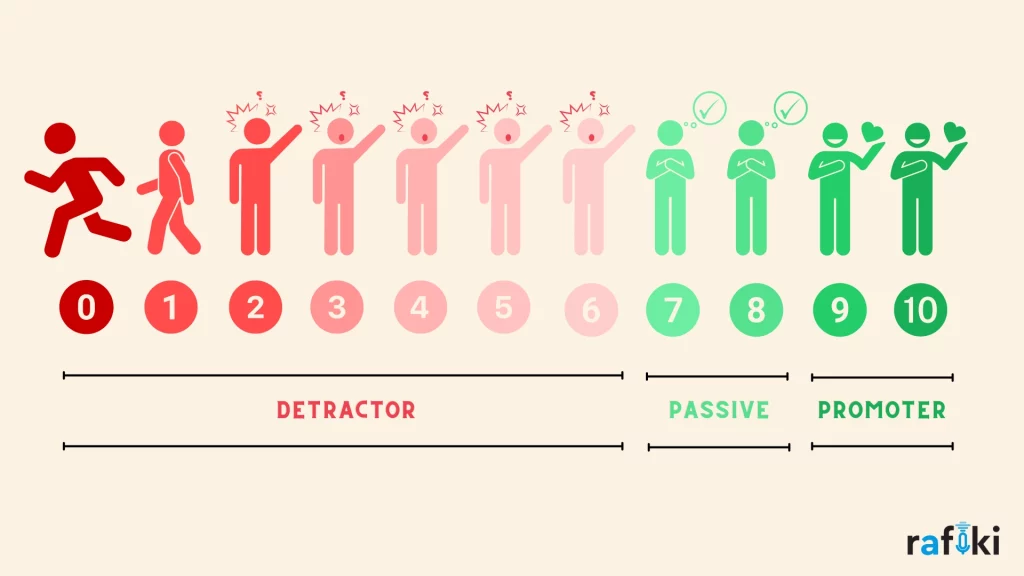
Additionally, measuring the impact of customer success initiatives can be challenging. Defining and tracking relevant metrics, such as customer health scores, churn rates, and Net Promoter Scores (NPS), requires robust data analytics capabilities and a clear understanding of how these metrics correlate with business outcomes.
Communication Gaps: Issues Arising from Poor Communication Between Teams and With Customers
Effective communication is crucial for the success of customer success teams, yet communication gaps often pose significant challenges. Poor communication between sales, marketing, and product teams can result in a lack of alignment and understanding of customer needs. Resource constraints are another major challenge faced by customer success teams. Inadequate tools and technologies can limit a team’s ability to manage customer relationships effectively.
Similarly, inadequate communication with customers can result in misunderstandings and unmet expectations. Customer success teams need to ensure that they maintain open and transparent lines of communication with customers, providing timely updates and addressing any concerns promptly. Failure to do so can lead to frustration and erode trust in the company.
Resource Constraints: Limitations Due to Inadequate Tools or Personnel
Resource constraints are another major challenge faced by customer success teams. Inadequate tools and technologies can limit a team’s ability to manage customer relationships effectively. For example, without a robust customer relationship management (CRM) system, teams may struggle to track customer interactions and personalize their engagement strategies.
Moreover, a lack of skilled personnel can impede the ability to provide high-quality customer support. Customer success requires a combination of technical knowledge, communication skills, and strategic thinking. Finding and retaining individuals with this unique skill set can be difficult, especially in competitive job markets.
According to a report by Gainsight, 62% of customer success professionals cite limited resources as a significant barrier to their effectiveness. This underscores the importance of investing in both the right tools and the right people to build a strong customer success team.
In conclusion, while customer success management is critical for driving growth and retaining customers, it is fraught with challenges. Common obstacles include fragmented customer data, evolving customer expectations, and difficulties in measuring success. Communication gaps between teams and with customers can further complicate efforts, while resource constraints limit the ability to deliver exceptional customer experiences. Addressing these challenges requires a strategic approach, investment in technology, and a commitment to continuous improvement.
Leveraging Technology for Customer Success
The landscape of customer success is rapidly evolving, driven by advancements in technology. Leveraging these technological tools can significantly enhance the efficiency and effectiveness of customer success teams, ensuring higher customer satisfaction and retention. This article explores the role of advanced tools, AI, automation, and data analytics in transforming customer success management.
Introduction to Advanced Tools
The market is flooded with various advanced tools designed to enhance customer success management. These tools provide a comprehensive suite of features that streamline processes, facilitate communication, and provide deep insights into customer behavior. Some of the most notable tools include:
- Customer Relationship Management (CRM) Systems: CRMs like Salesforce, HubSpot, and Zoho CRM help customer success teams manage and analyze customer interactions throughout the customer lifecycle. They provide a centralized platform to track customer data, automate communication, and monitor customer satisfaction levels.
- Customer Success Platforms: Platforms like Gainsight, Totango, and ChurnZero are specifically designed for customer success teams. They offer features such as customer health scoring, playbooks, automated workflows, and detailed analytics to help teams proactively manage customer relationships and prevent churn.
- Communication Tools: Tools like Slack, Microsoft Teams, and Zoom facilitate seamless communication and collaboration among customer success teams and with customers. These platforms support real-time messaging, video conferencing, and integration with other tools to streamline workflows.
- Feedback and Survey Tools: Platforms like SurveyMonkey, Qualtrics, and Typeform enable customer success teams to gather valuable feedback from customers. These tools help in understanding customer needs, measuring satisfaction, and identifying areas for improvement.
- Project Management Tools: Tools like Asana, Trello, and Monday.com help customer success teams manage projects, track tasks, and collaborate effectively. These platforms ensure that all team members are aligned and that customer success initiatives are executed efficiently.
Role of AI and Automation
Artificial Intelligence (AI) and automation are revolutionizing the way customer success teams operate. AI-driven platforms like Rafiki are equipped with advanced capabilities that automate routine tasks and provide deep insights, enabling teams to focus on strategic activities.
- Automated Note-Taking and Follow-Ups: AI tools can automatically transcribe and summarize customer calls, ensuring that critical information is captured without manual effort. Automated follow-up reminders and email generation ensure that no task is overlooked, enhancing productivity and customer engagement.
- Customer Insights and Analytics: AI platforms analyze vast amounts of customer data to provide actionable insights. These insights help teams understand customer behavior, identify trends, and predict potential issues before they escalate. According to a report by McKinsey, companies using AI for customer success see a 10-15% increase in customer satisfaction and a 20-30% increase in operational efficiency.
- Personalized AI Coaching: AI-driven platforms can offer personalized coaching to customer success representatives, providing them with recommendations on how to handle specific customer interactions based on historical data and best practices. This continuous learning helps improve the team’s skills and performance over time.
Data-Driven Decision Making
Data analytics plays a pivotal role in customer success by providing teams with the information they need to make informed decisions and personalize customer interactions. Here are some ways data analytics enhances customer success:
- Customer Health Scoring: By analyzing various data points such as product usage, support interactions, and customer feedback, platforms can generate customer health scores. These scores help teams identify at-risk customers and take proactive measures to improve their experience.
- Personalized Customer Journeys: Data analytics enables the creation of personalized customer journeys. By understanding individual customer preferences and behaviors, teams can tailor their communication, recommendations, and support to meet specific needs. According to Salesforce, 76% of customers expect companies to understand their needs and expectations.
- Performance Metrics and KPIs: Data analytics tools provide detailed reports and dashboards that track key performance indicators (KPIs) such as customer satisfaction scores, net promoter scores (NPS), and customer retention rates. These metrics help teams measure the effectiveness of their strategies and make data-driven improvements.
- Feedback Analysis: Analyzing customer feedback through surveys, reviews, and social media provides valuable insights into customer sentiment and satisfaction. Teams can use this information to address common pain points, improve products and services, and enhance the overall customer experience.
Leveraging technology for customer success involves integrating advanced tools, AI, automation, and data analytics into customer success strategies. Platforms like Rafiki offer comprehensive solutions that automate routine tasks, provide deep insights, and enable data-driven decision-making.
By adopting these technologies, businesses can enhance their customer success efforts, leading to higher customer satisfaction, reduced churn, and sustained business growth.
Strategies for Optimizing Customer Success
Integrating Advanced Tools: Best Practices for Integrating Tools Like Rafiki into Your Customer Success Strategy
Integrating advanced tools like Rafiki into your customer success strategy can significantly enhance your team’s efficiency and effectiveness. Here are some best practices:
- Comprehensive Onboarding: Ensure that your team receives thorough training on how to use Rafiki and its features. This includes understanding the tool’s interface, functionalities, and how it integrates with existing systems.
- Customization: Tailor the tool to fit your specific business needs. Customize dashboards, reports, and workflows to align with your customer success objectives.
- Data Integration: Integrate Rafiki with your CRM, email marketing, and other customer-related systems to ensure seamless data flow and a unified view of customer interactions.
- Continuous Monitoring and Evaluation: Regularly review the tool’s performance and its impact on your customer success metrics. Make adjustments as needed to optimize its usage.
- Feedback Mechanisms: Encourage your team to provide feedback on the tool’s functionality and usability. This feedback can be used to make improvements and ensure the tool meets the team’s needs effectively.
Continuous Training and Development: Ensuring Your Team is Well-Equipped to Use New Technologies
Continuous training and development are essential to ensure that your team can effectively use new technologies like Rafiki.
Here are some strategies:
- Regular Training Sessions: Conduct regular training sessions to keep the team updated on new features and best practices. This can be done through webinars, workshops, or e-learning modules.
- Skill Development Programs: Invest in skill development programs that focus on both technical skills and soft skills such as communication, problem-solving, and customer relationship management.
- Certification and Accreditation: Encourage team members to pursue relevant certifications and accreditations. This not only enhances their skills but also boosts their confidence in using advanced tools.
- Peer Learning and Collaboration: Foster a culture of peer learning where team members can share knowledge and learn from each other’s experiences. Collaborative platforms can facilitate this exchange of ideas and best practices.
- Performance Metrics and Feedback: Use performance metrics to identify areas where additional training is needed. Provide constructive feedback and personalized coaching to help team members improve continuously.
Building a Customer-Centric Culture: Fostering a Culture That Prioritizes Customer Success at All Levels of the Organization
Building a customer-centric culture is crucial for prioritizing customer success across the organization. Here’s how to achieve it:
- Leadership Commitment: Ensure that leadership is committed to a customer-centric approach. Leaders should model customer-focused behaviors and decisions, setting a tone for the rest of the organization.
- Clear Vision and Mission: Develop and communicate a clear vision and mission that emphasizes the importance of customer success. This should be reflected in the company’s values and goals.
- Employee Empowerment: Empower employees at all levels to make decisions that benefit the customer. This includes providing them with the authority and resources needed to address customer issues effectively.
- Customer Feedback Integration: Integrate customer feedback into all business processes. Use this feedback to drive improvements in products, services, and customer interactions.
- Recognition and Rewards: Recognize and reward employees who demonstrate a strong commitment to customer success. This reinforces the importance of customer-centric behavior and motivates others to follow suit.
Feedback Loops: Establishing Mechanisms for Continuous Feedback from Customers to Drive Improvements
Establishing effective feedback loops is essential for continuous improvement in customer success. Here’s how to create these mechanisms:
- Regular Surveys and Polls: Conduct regular surveys and polls to gather customer feedback on their experiences, satisfaction levels, and suggestions for improvement.
- Customer Advisory Boards: Create customer advisory boards comprising key customers who can provide insights and feedback on your products and services. This helps in understanding customer needs and expectations more deeply.
- Direct Feedback Channels: Establish direct channels for customers to provide feedback, such as dedicated email addresses, feedback forms on your website, or customer service hotlines.
- Analyze and Act on Feedback: Analyze the feedback received and identify common themes and areas for improvement. Develop action plans to address these issues and implement changes promptly.
- Close the Loop: Ensure that customers are informed about the actions taken based on their feedback. This not only shows that their opinions are valued but also builds trust and encourages further engagement.
By integrating advanced tools, ensuring continuous training and development, fostering a customer-centric culture, and establishing effective feedback loops, organizations can significantly enhance their customer success efforts. These strategies lead to improved customer satisfaction, reduced churn, and sustained business growth.
Conclusion
Customer success is a critical driver of sustainable growth and competitive advantage. By leveraging advanced tools like Rafiki, organizations can significantly enhance their customer success strategies, leading to higher customer satisfaction, reduced churn, and increased revenue. The integration of AI and automation streamlines routine tasks, allowing teams to focus on strategic activities and personalized customer interactions.
Continuous training and development ensure that customer success teams are well-equipped to utilize new technologies effectively, fostering a culture of continuous improvement. Building a customer-centric culture, where every level of the organization prioritizes customer success, reinforces the importance of delivering exceptional value to customers.
Enhance Customer Experience
Establishing robust feedback loops is essential for continuous improvement. By actively seeking and acting on customer feedback, companies can drive product and service enhancements that align closely with customer needs and expectations.
Ultimately, the strategic integration of technology and a strong focus on customer success can transform how businesses engage with their customers, creating lasting relationships and driving long-term success. Organizations that prioritize these strategies will be well-positioned to thrive in an increasingly competitive marketplace.
